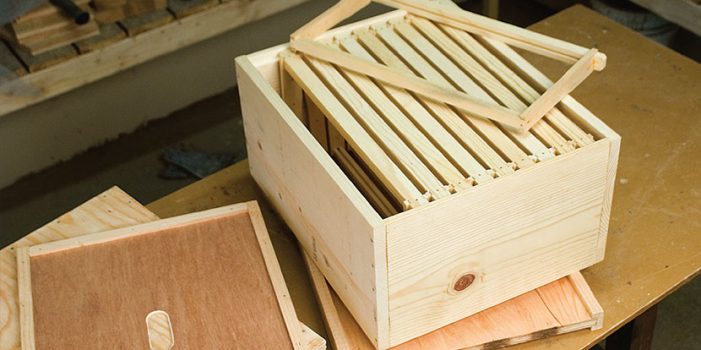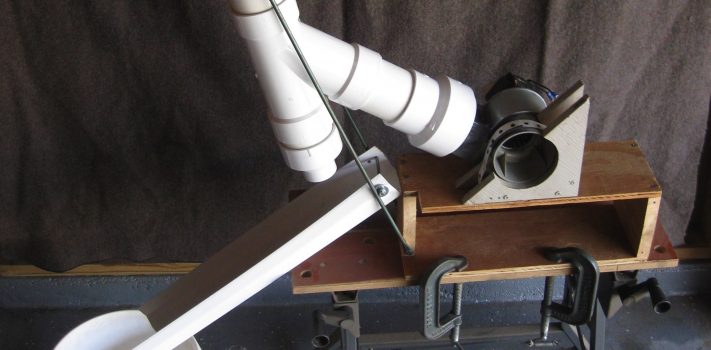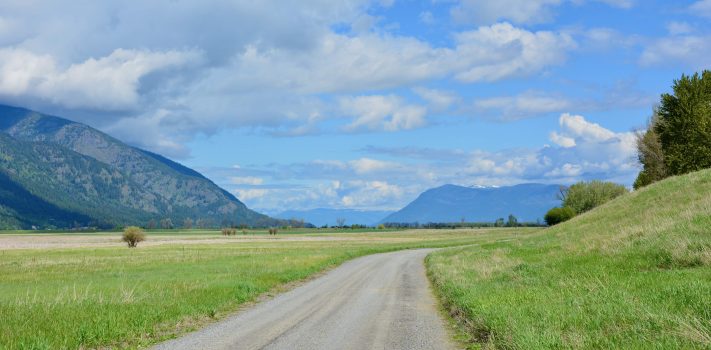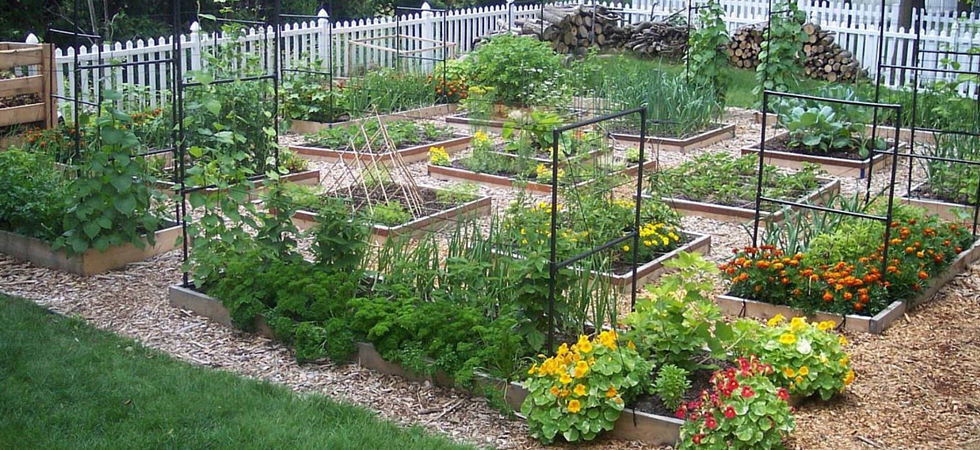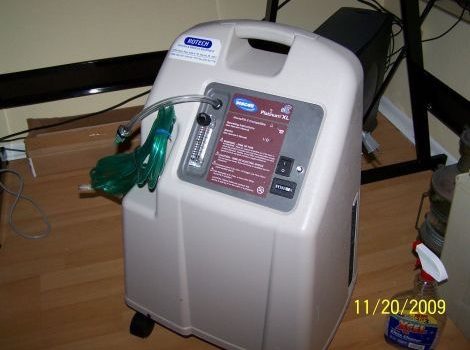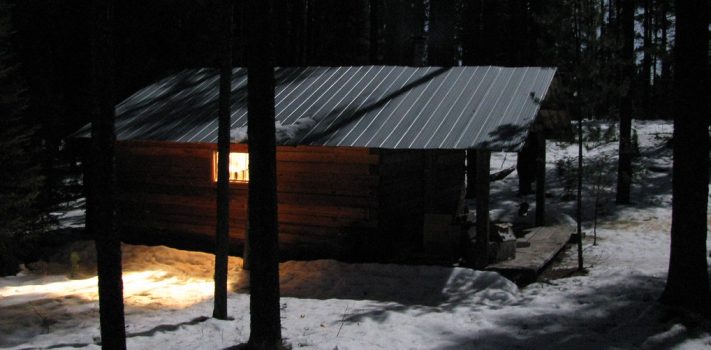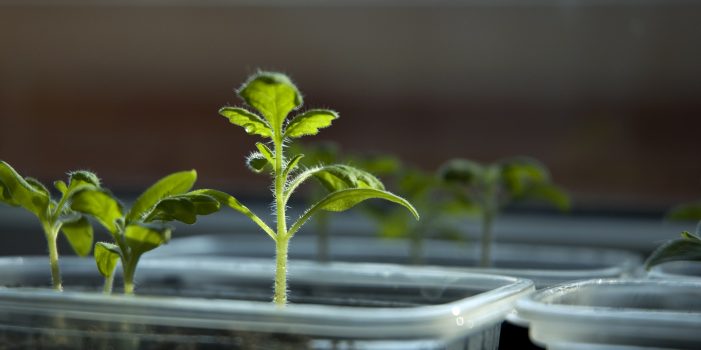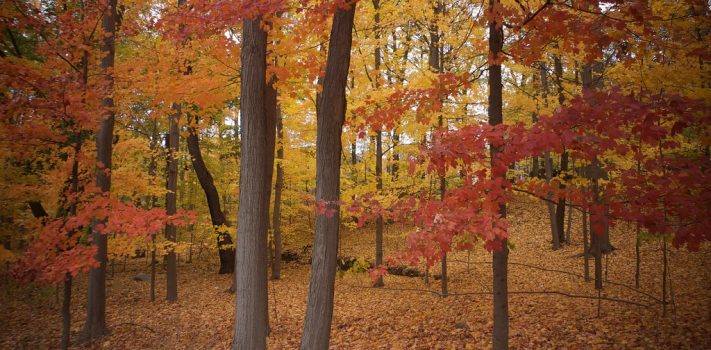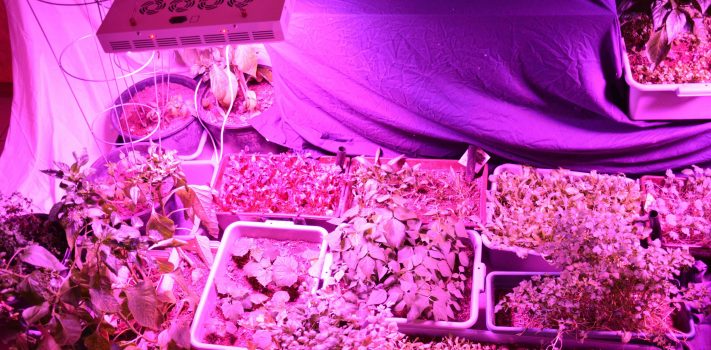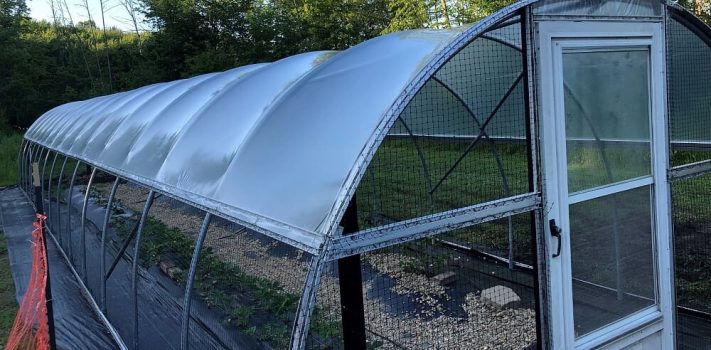Introduction to Beekeeping – Part 3, by K. in Tennessee
(Continued from Part 2. This concludes the article.) V – The Bees Apis milifera is the Latin name we’ve given the bug we call the “Honeybee”. Not to be confused with the bumble bees, wood bees, sweat bees, and other pollinators we share this planet with. It is a specific breed and different than the other small bees you come across in your environment. It took me several years before I could visually discern the difference, and there are even differences within the types of honeybees. Much like dog breeding, it is becoming a whole additional avenue in the hobby. …

